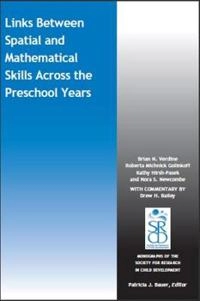

Link between Spatial and Mathematical Skills across the Preschool YearsUpplaga 1
- Upplaga: 1a upplagan
- Utgiven: 2017
- ISBN: 9781119402503
- Sidor: 150 st
- Förlag: John Wiley & Sons
- Format: Häftad
- Språk: Engelska
Om boken
Åtkomstkoder och digitalt tilläggsmaterial garanteras inte med begagnade böcker
Mer om Link between Spatial and Mathematical Skills across the Preschool Years (2017)
I maj 2017 släpptes boken Link between Spatial and Mathematical Skills across the Preschool Years skriven av Brian N. Verdine, Roberta Michnick Golinkoff. Det är den 1a upplagan av kursboken. Den är skriven på engelska och består av 150 sidor. Förlaget bakom boken är John Wiley & Sons som har sitt säte i Hoboken.
Köp boken Link between Spatial and Mathematical Skills across the Preschool Years på Studentapan och spara pengar.
Referera till Link between Spatial and Mathematical Skills across the Preschool Years (Upplaga 1)
Harvard
Oxford
APA
Vancouver



















